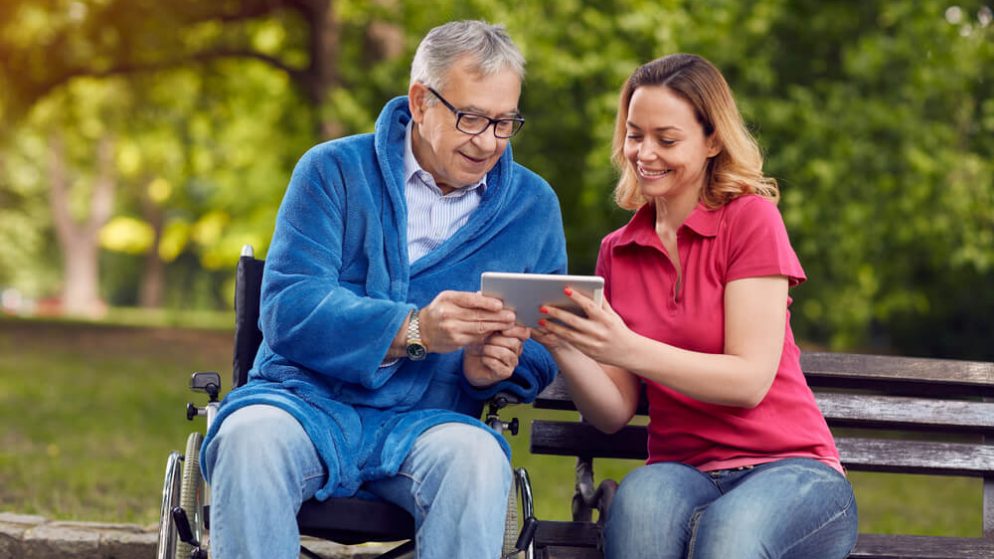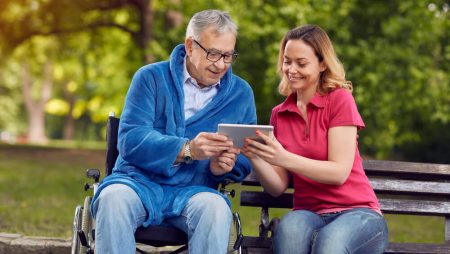



Get new exclusive access to healthcare business reports & breaking news




Around the world, preventable complications resulting from medical care contribute to more deaths than from HIV, malaria and tuberculosis combined. Before COVID-19, over three million people died every year from a preventable medical error, and this number has only continued to increase throughout the pandemic. While certain populations are more likely to suffer from preventable medical errors, this is not a problem that is exclusive to one race, gender, ethnicity or income level.
The root causes of medical errors are multifaceted and many stem from fragmentation, poor communication and overwhelming medical jargon. Think about it like this: You or someone you love has experienced some encounter with the healthcare system, whether minor, like a primary care checkup, or major, such as cancer treatment. Despite feeling prepared, the situation can sometimes be overwhelming. However, navigating the healthcare system can be even more challenging for individuals without a medical background, no college degree and limited English proficiency – especially if they are doing it on their own. Take for example a patient just coming out of anesthesia after a tumor was removed. With limited understanding of the healthcare system under normal circumstances, this individual struggles to maintain a clear line of sight as the anesthesia is wearing off. Despite this, healthcare professionals are busy and trying to inform this individual of their next steps after they leave the hospital, including where to pick up medications, details on follow up appointments, dietary, movement, and work restrictions and expected pain. Additionally, they are prescribed opioid medications for pain, but the prescription comes with a slew of warnings about the high-risk nature of the drug, as well as instructions for how to use the home monitoring device. Meanwhile, the patients primary concern that overpowers all others is how they will pay for this medical treatment.
The risks for this patient are monumental. First, it is very possible that they may not adhere to the medical treatment when they leave the hospital because the pharmacy in which they were instructed to pick up the medications is in a different city and they don’t have a car, the provider they were assigned to for follow up appointments doesn’t take their insurance and they didn’t retain the details about how to properly care for the incision site. Second, there was no one there to understand the risks associated with an opioid prescription, nor to understand how to appropriately use the opioids. Third, post-operative testing was duplicated due to missing test results, resulting in double charges on the medical bill.
Unfortunately, this situation is all too common and many patients are not able to advocate for themselves and with multiple experts involved throughout the duration of care it exposes inconsistencies. The lack of care coordination between professionals and across units and organizations exposes opportunities for risk. Additionally, in the current fragmented healthcare system, it is unrealistic to expect frontline professionals to serve as care coordinators while attending to all of their other clinical duties, which themselves demand more time than is feasible for one person. This is where family caregivers are tremendous assets to bridge the expert medical care with holistic, person-centered care.
Family members are a source of information for clinicians: Family caregivers can serve as a resource for healthcare professionals in both providing valuable information to inform clinical decision-making. Family members can, for example, inform providers of a patient’s home snoring habits. This information is difficult for providers to assess, and because snoring (obstructive sleep apnea) is a risk factor for difficulty breathing due to opioid medications (opioid induced respiratory depression), it is imperative providers are informed of this risk factor from family members to prevent harm.
Family members can optimize patient adherence: Family members are the only ones there with the patient throughout the entire treatment continuum, from admission, to discharge. Because communication is often involved in preventable medical harm, it is important to have a central person coordinating all medical information to be communicated to the next clinician. Family caregivers can participate in discussions with the providers and document clinical information so it can be shared with the next provider. When family caregivers note information like appointment schedules, prescriptions and warnings about prescriptions, wound care instructions and dietary restrictions using their own plan of care form, the patient can focus on recovery and the clinicians can focus on providing the medical care.
Family members can help coordinate care and maintain correct patient information: Today, technology is playing a bigger role in healthcare than ever. Although there have been significant advancements in data sharing for optimal patient outcomes, data interoperability and data sharing between organizations still remains a challenge and can result in incorrect or incomplete patient information. This is particularly a problem for patients with complex medical conditions who may see multiple providers, all of whom have different electronic health record (EHR) systems. Family members are a significant asset to coordinating this information and should receive access to the patient portal. Other technologies, such as PatientAider and AHRQ’s Question Builder, can help family caregivers prioritize the questions to be asked of their provider during each of their visits. Access to the patient portal, as well as use of technologies to optimize clinical visits, can help family caregivers maintain control of their loved one’s condition and information.
Healthcare workers should recognize family caregivers as a significant resource to be leveraged to optimize care and prevent medical error. However, clinicians should also recognize that, often, their very presence can contribute to a lack of involvement from family members due to perceptions of hierarchy. By providing family members with blank plan of care forms for their notes, asking open ended questions, encouraging family members to keep track of important information and identifying information family caregivers should be aware of for their next clinical visit, healthcare workers can begin to build a collaborative relationship with family caregivers that will ultimately help their practice in the end.
About the author: Olivia Lounsbury is the clinical research coordinator at Patient Safety Movement Foundation. The Patient Safety Movement Foundation is a global non-profit with a vision to eliminate preventable patient harm and death across the globe by 2030. It provides free Actionable Patient Safety Solutions and coaching to help health systems improve their care.